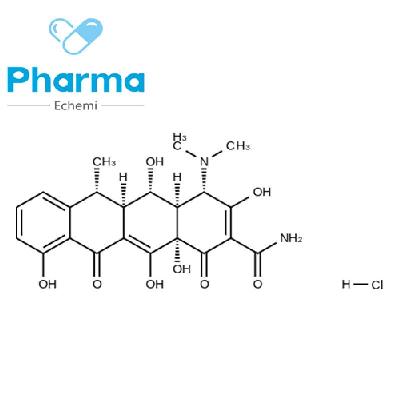-
Categories
-
Pharmaceutical Intermediates
-
Active Pharmaceutical Ingredients
-
Food Additives
- Industrial Coatings
- Agrochemicals
- Dyes and Pigments
- Surfactant
- Flavors and Fragrances
- Chemical Reagents
- Catalyst and Auxiliary
- Natural Products
- Inorganic Chemistry
-
Organic Chemistry
-
Biochemical Engineering
- Analytical Chemistry
-
Cosmetic Ingredient
- Water Treatment Chemical
-
Pharmaceutical Intermediates
Promotion
ECHEMI Mall
Wholesale
Weekly Price
Exhibition
News
-
Trade Service
Article source: Medical Rubik's Cube Pro
Author: Bai Lu
Pancreatic ductal adenocarcinoma (PDAC) is one of the most aggressive solid malignancies and is expected to become the second leading cause of cancer deaths by 2030
.
PDAC is resistant to chemotherapy, targeted therapy and even immunotherapy.
This is due to its inherent tumor heterogeneity, high connective tissue proliferation, and immunosuppressive tumor microenvironment (TME)
Tumor heterogeneity makes tumors resistant to targeted therapies designed to block a single pathway, because as a compensatory mechanism, multiple pathways are usually activated simultaneously and/or rapidly upregulated, especially in PDAC, which are Highly heterogeneous and constantly evolving
.
PDAC TME is mainly controlled by dense connective tissue hyperplasia and immunosuppressive cell population, which limits the response of cytotoxic T cells
.
Recently, researchers at Harvard Medical School discovered that a unique proline isomerase Pin1 can play a role in TME and cancer immunotherapy
.
Experiments in mice have shown that Pin1 inhibitors can cure PDAC, and can induce complete elimination or sustained remission of aggressive PDAC by cooperating with anti-PD-1 and gemcitabine
.
These findings may have a direct impact on the treatment of PDAC patients, because some Pin1 inhibitors have been approved for marketing
.
Part of the Pin1 inhibitors under development (Source: Next Pharma Database)
A major common signaling mechanism in cancer is the targeted phosphorylation of proline, which regulates a variety of oncoproteins and tumor suppressor factors, many of which are further regulated by Pin1
.
Aberrant Pin1 overactivation promotes tumorigenesis by activating more than 60 oncoproteins and inactivating more than 30 tumor suppressor factors, including many substrates in the oncogenic Kras signal that is dominant in PDAC
.
This study first proved through experiments of 3 different PDAC mouse models (all tumor xenograft models derived from patients) that Pin1 inhibitors (clinically available drugs, including tretinoin + arsenic trioxide) can significantly reduce tumor growth and block CAF activates and destroys connective tissue proliferation and immunosuppressive TME
.
In addition, Pin1 inhibitors can induce the complete elimination or sustained remission of aggressive PDAC by cooperating with anti-PD-1 and gemcitabine (GEM)
.
Targeting Pin1 destroys connective tissue proliferation and immunosuppresses TME, so that PDAC tumors in model mice can be cured by immunochemotherapy
.
(Source: Cell)
In view of Pin1's surprising and amazing efficacy in making PDAC curable, the researchers further evaluated the expression of Pin1 in 167 patients with PDAC surgically resected tumor tissue and its relationship with TME changes and patient survival
.
The results showed that Pin1 was overexpressed in both cancer cells and CAF, which was positively correlated with cancer progression and was correlated with the low survival rate of PDAC patients
.
Pin1 is overexpressed in human PDAC cancer cells and CAF, and is closely related to the promotion of connective tissue proliferation, immunosuppressive TME, and poor patient survival
.
(Source: Cell)
Mechanism studies have shown that Pin1 drives connective tissue proliferation and immunosuppressive TME by acting on CAF, and induces PD-1 ligand PD in cancer cells by acting on the endocytic adaptor protein-Huntingtin interacting protein 1 related protein (HIP1R) -L1 and gemcitabine transporter balance the endocytosis and lysosomal degradation of nucleoside transporter 1 (ENT1), and activate multiple cancer pathways at the same time
.
Therefore, Pin1 inhibition simultaneously blocks multiple cancer pathways, destroys pro-connective tissue proliferation and immunosuppressive TME, and up-regulates PD-L1 and ENT1, so that PDAC can be cured by immunochemotherapy
.
Source: Cell
Note: The original text has been deleted
Reference materials:
Kazuhiro Koikawa et al.







